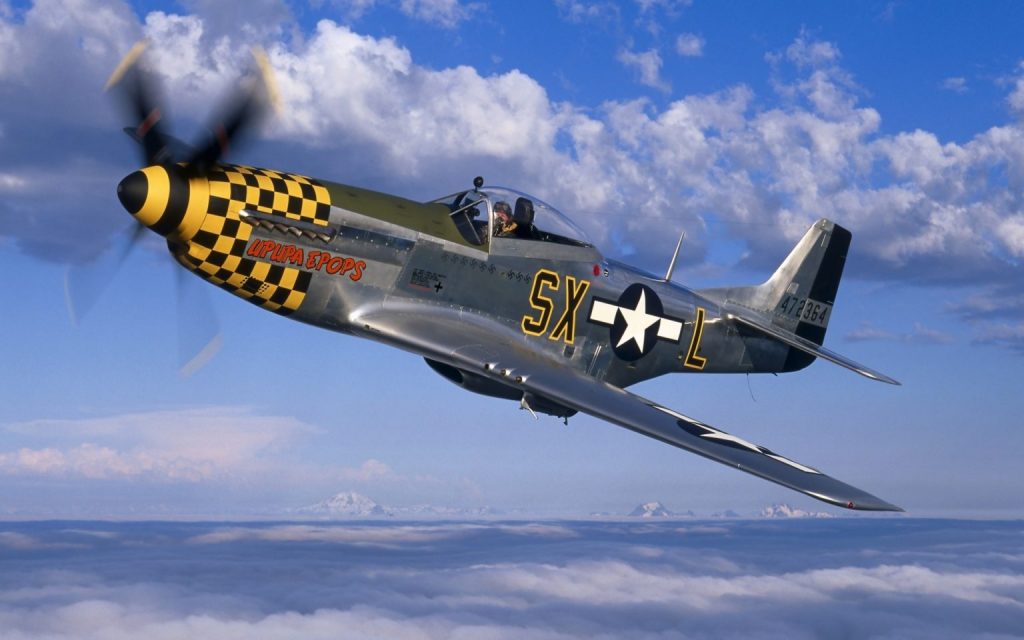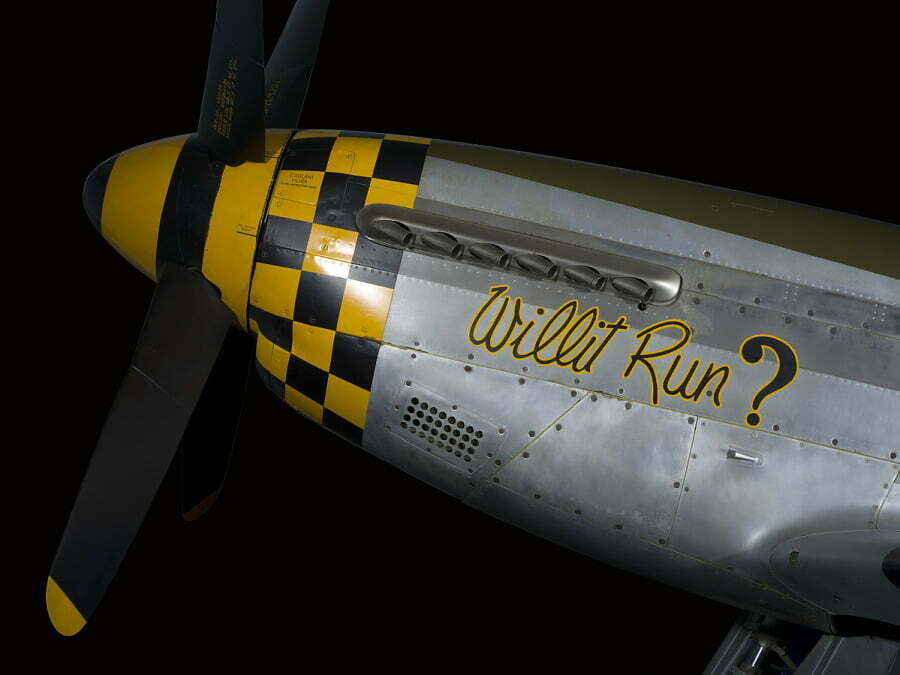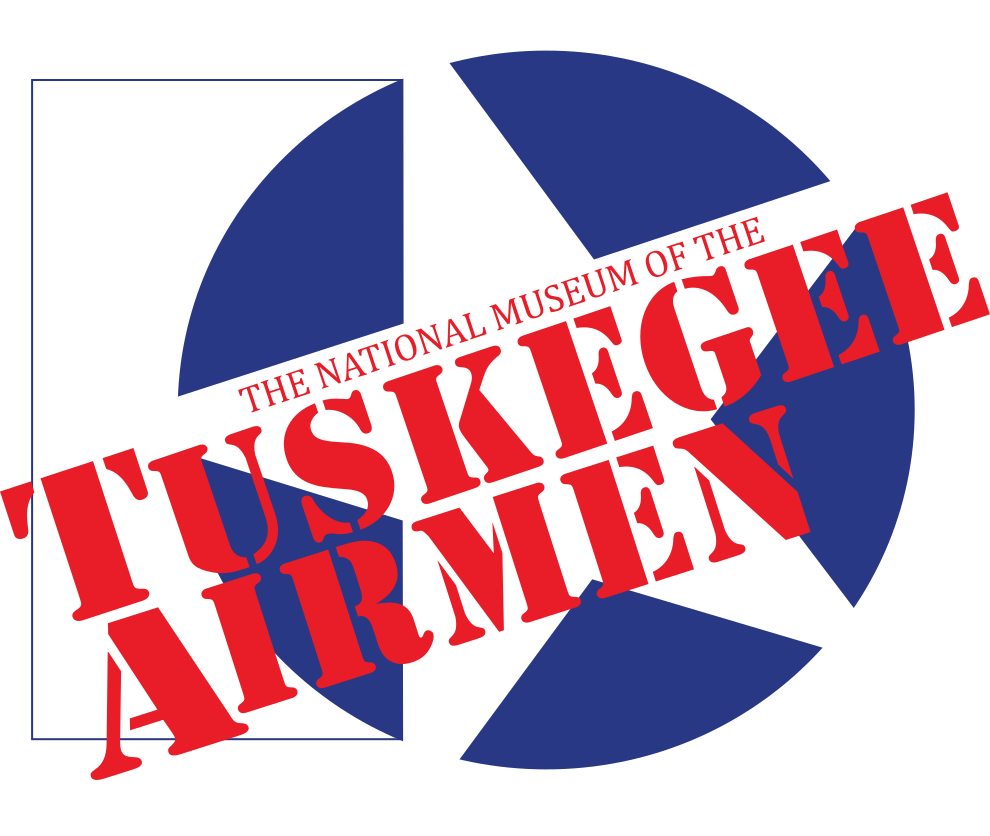Aircraft History

The Aircraft Story
The Aircraft Story is as under:
- Bell P-39 Airacobra
- Curtiss P-40 Warhawk
- North American B-25 Mitchell
- North American P-51 Mustang
- Republic P-47 Thunderbolt
The Tuskegee Airmen initially flew the Curtiss P-40 Warhawk, which was also a prewar design and almost obsolete. They were briefly equipped with Bell P-39 Airacobras in March 1944. It’s widely thought that this was an even less capable design, and it was also used by very few of the US front-line fighter units in the war.
The Russians built a large fleet of P-39s through Lend-Lease and favored this Aircraft because it had a heavy automatic cannon firing through the propeller hub. It was suitable for tank busting but not for air-to-air combat.
In June and July 1944, the 99th was equipped with Republic P-47 Thunderbolts. These were excellent Aircraft and very good dogfighters, especially at higher altitudes.
We Highlight the P51 Mustang as It Is a Big Part of the Tuskegee Airmen Story

North American P-51D-30-NA Mustang (A19600300000) at the Smithsonian Institution National Air and Space Museum. Photo taken by Mark Avino. Photo taken on April 25. 2017. (P-51D_0005) (A19600300000-NASM2018-10347)
The North American P-51 Mustang is arguably the most recognizable and celebrated American Fighter of WW11
The North American Aviation P-51 Mustang is an American long-range, single-seat fighter and fighter-bomber used during World War II and the Korean War, among other conflicts.
Designed for Britain, Perfected for Battle
Although first designed as a medium-altitude fighter for the British, the Mustang excelled in hedge-hopping strafing runs and long-range escort duty. It gained acclaim for firing on trains, ships and enemy installations in Western Europe.
Innovation and Engineering: The Birth of the Mustang
The Mustang was designed in April 1940 by a team headed by James Kindelberger[5] of North American Aviation in response to a requirement of the British Purchasing Commission. The Purchasing Commission approached North American Aviation to build Curtiss P-40 fighters under license for the Royal Air Force (RAF). Rather than default to an old design by another company, North American Aviation proposed the design and production of a new, more modern fighter.
Dominating the Skies: First to Berlin and Beyond
The Mustang was the first single-engine plane based in Britain to penetrate Germany, reach Berlin, fly with the heavy bombers over the Ploiesti oil fields in Romania, and make a major-scale, all-fighter sweep specifically to hunt down the dwindling Luftwaffe.
One of the highest honors accorded to the Mustang was its 1944 rating by the Truman Senate War Investigating Committee as “the most aerodynamically perfect pursuit plane in existence.”
The North American prototype, NA-73X, was first flown on October 26, 1940. At least eight versions of the Mustang were produced.
Transforming Performance with the Rolls-Royce Merlin Engine
The Mustang was designed to use the Allison V-1710 engine, which limited high-altitude performance in its earlier variants. The RAF first flew the Aircraft operationally as a tactical reconnaissance aircraft and fighter-bomber (Mustang Mk I). Replacing the Allison with a Rolls-Royce Merlin resulted in the P-51B/C (Mustang Mk III) model. It transformed the aircraft’s performance to capabilities of altitudes above 15,000 ft while maintaining its range, allowing it to compete with the Luftwaffe’s fighters.
The definitive version, the P-51D, was powered by the Packard V-1650-7, a license-built version of the two-speed, two-stage-supercharged Merlin 66, and was armed with six .50 caliber (12.7 mm) AN/M2 Browning machine guns.[10]
Korean War and Beyond: The Mustang’s Lasting Impact
At the start of the Korean War, the Mustang, by then redesignated F-51, was the main fighter of the United States until jet fighters, including North America’s F-86, took over this role; the Mustang became a specialized fighter-bomber. Despite the advent of jet fighters, the Mustang remained in service with some air forces until the early 1980s. After the Korean War, Mustangs became popular civilian warbirds and air racing Aircraft.
Entering combat with the Ninth Air Force in late 1943, the Mustang immediately proved its value with its long-range and superior high-altitude performance. It was also ideal for escorting daylight bomber formations deep into Germany. With four .50 calibre machine guns, the P-51B and C began taking a toll on Luftwaffe interceptors deep in German airspace.
The definitive wartime variant, the P-51D, with its bubble canopy and six guns, cost $51,572 in 1944.
What were the major components of the P-51 Mustang?
Technical Specifications
| First flight (XP-51) | May 20, 1941 |
| Wingspan | 37 feet |
| Wing area | 233 square feet |
| Length | 32 feet |
| Horizontal stabilizer span | 13 feet |
| Height | 8 feet 8 inches |
| Power plant | Packard V-1650 “Merlin” 1,695-hp V-12 |
| Speed | 425 mph indicated (490 mph in P-51H) |
| Landing gear | Hydraulically operated retractable main gear and tail wheel |
| Propeller | Hamilton Standard, four-blade, hydraulic, constant speed, 11 feet 2 inches, non-feathering |
| Radar | Warning radar in tail to signal approach of other craft from rear (later models) |
| Armament | (Various models) 10 “zero rail” rockets under wings; six .50-caliber machine guns; bomb racks for up to 1,000 pounds of stores or extra fuel tanks under the wings |

